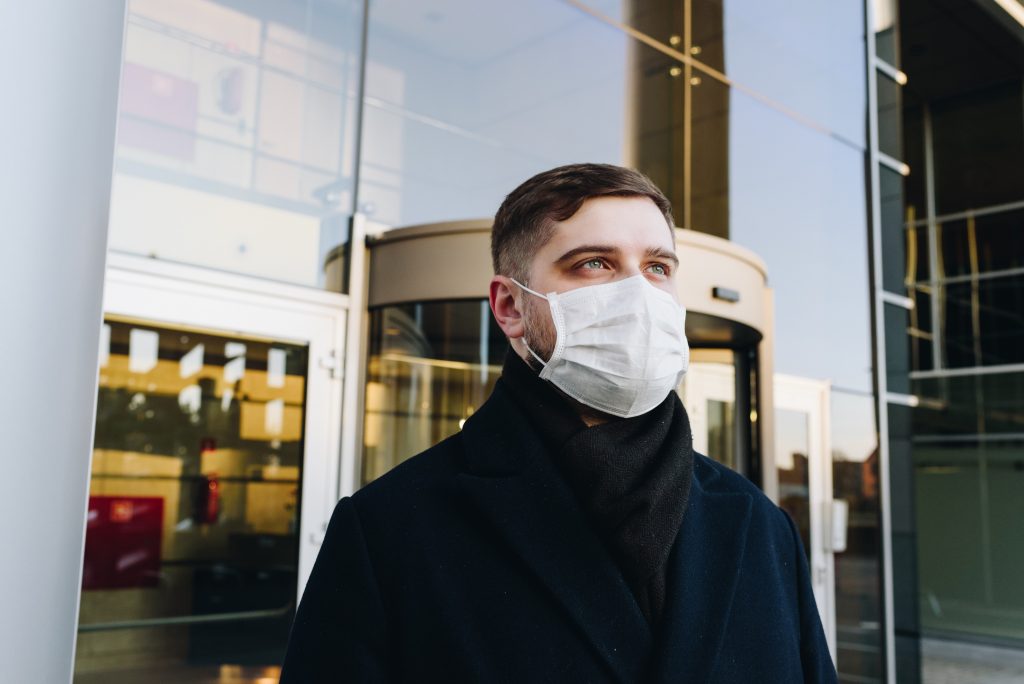
What Message are We Sending to Generation Z?
Note: Today’s post is available for you to either watch as a vlog or read as a blog post below.

An NPR online report stunned me recently. I didn’t know whether to chuckle or to mourn our “snowflake generation.” And it’s not the kids—it’s the adults.
Along with hand sanitizer and other disinfectants, toilet tissue has been increasingly hard to find at local markets, as people stock up to hunker down during the global pandemic. Police in Newport, Oregon posted a Facebook message to citizens in their area:
“It’s hard to believe that we even have to post this. Do not call 9-1-1 just because you ran out of toilet paper. You will survive without our assistance.”
Yes, you interpreted that correctly. People are calling 9-1-1 when stores run out of toilet paper, not unlike the woman a few years ago who called 9-1-1 when McDonald’s ran out of chicken nuggets. It’s crazy. What are we thinking? Why does panic rule our perspective today?
What Spreads Faster Than the Coronavirus?
Let me tell you what’s more contagious than the Coronavirus in our country: fear. It’s infectious, and I believe it’s doing more damage overall to the kids in Generation Z than a virus. Sadly, they are “catching” our anxiety. We panic far too easily. We fall into a scarcity mindset. We make mountains out of molehills. And it’s not helping the mental health of our youth.
- Two moms squabbled over paper towel packages at our local grocery store, in Atlanta. Their children watched their immature behavior until a clerk broke up the fight.
- Some parents aren’t allowing their kids to even go outside for fear of the Coronavirus. Those kids, understandably, are going stir crazy inside the house all day.
- In one part of San Diego, police are stopping senior citizens from taking a walk outside and escorting them home. After all, adults can’t police themselves, right?
What message are we sending to our kids?
If you think these incidents I’ve mentioned, are quite normal, it only reveals how much we’ve bought into the current narrative of today’s adults. Our anxiety is spreading like wildfire.

What’s Most Infectious
What affects us is not so much what happens to us, but the narrative we embrace from what happens. Northwestern University psychologist Dan McAdams is an expert on a concept he calls “narrative identity.” McAdams describes narrative identity as an internalized story you create about yourself—your own personal myth. Today, it is much more anxious, even paranoid. Past generations have gone through worse times but carried a “can do” attitude. Today, we are far more emotionally fragile. Much smaller hardships can send us into a tailspin, according to Greg Lukianoff and Jonathan Haidt, in their book, The Coddling of the American Mind.
Far too often, our narrative displays to our young that we are:
- Driven by fear of scarcity.
- Driven by selfishness.
- Driven by irrationality.
Three Questions to Ask Yourself About Your Message to Kids:
1. Check your motive: Is it worry or wisdom that you’re communicating to them?
Motives can be seen by young people. They know when a teacher is frustrated or when a mom is paranoid. Sometimes it comes out in our words. We say things like, “Don’t go outside! I don’t want you catching that virus and going to the emergency room.” Or, kids watch us hoard toilet paper like it’s going out of style to the point that grocery stores now must limit the volume customers try to buy. This stockpiling not only is unnecessary, according to doctors, but it relays to kids our worry-based leadership.
2. Check your foundation: Is it fear or facts upon which you base your conclusion?
Are your conclusions based upon a media broadcast or a social media post created to be clickbait for viewers, and not accurate information? Do you buy into fake news’ speculation rather than accurate information? The U.S. surgeon general tweeted recently, “Seriously people—STOP BUYING MASKS! They are NOT effective in preventing general public from catching #Coronavirus, but if healthcare providers can’t get them to care for sick patients, it puts them and our communities at risk.” We’ll either produce kids who’re poised or paranoid, based on our example. The Washington Post says, “The virus may be novel, but you really don’t need to buy anything new or special to brace for it…epidemiology experts said the most important aspect of preparedness costs nothing at all — calm.”
3. Check your advice: Is it based upon panic or principles when you lead them?
When we don’t possess a set of principles by which we lead, teach or parent our kids, we tend to be reactionary. And in today’s environment, that means we often panic based on the anxiety happening around us. We catch it, then our kids catch it from us. “Don’t panic,” said Timothy Brewer, professor of epidemiology and medicine at UCLA. “There’s no value in panicking or telling people to be afraid. Don’t let fear and emotion drive the response to this virus. That can be extremely difficult because it is new, and we’re still learning about it, but don’t allow fear of what we don’t know about the virus to overwhelm what we do know.”
We must always ask ourselves: What message does my leadership communicate to the kids who follow me?






